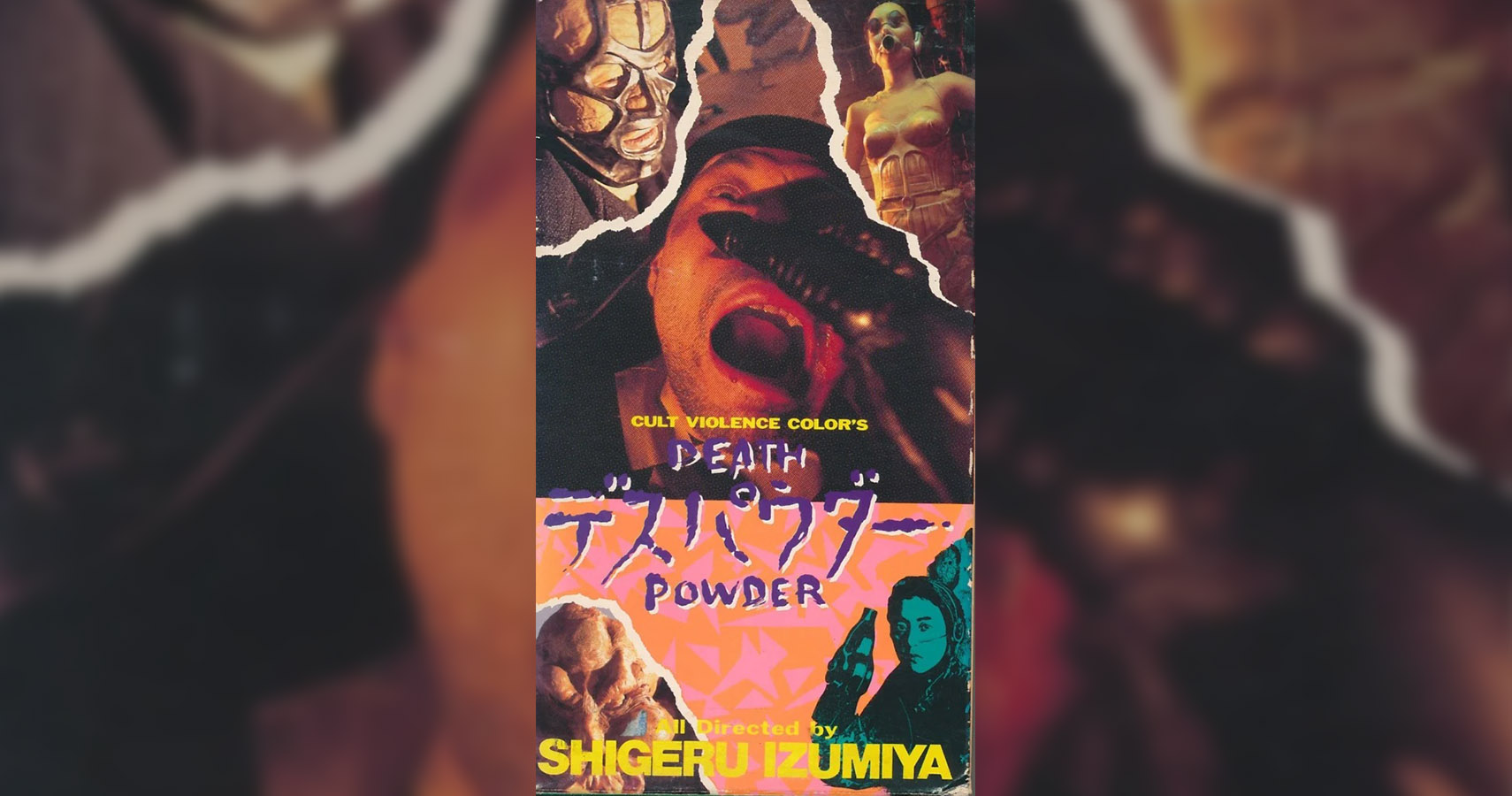
Death Powder is a 1986 Japanese cyberpunk body horror film, written and directed by Shigeru Izumiya. Izumiya is mostly known as a poet/folk singer with a career spanning from the 1970s that is still ongoing, with a huge discography of dozens of albums. Outside of music, Izumiya is a prolific actor who has around 150 credits to his name for both acting and voice acting.
In the near future, three conspirators capture a very special android named Guernica. The group brings her to a deserted warehouse and ties her to a cot, but the android secretes a reality-altering substance that causes the abductors to slowly lose their minds as they hallucinate unspeakable terrors and undergo unnatural transformations.
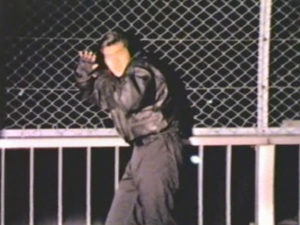
Incredibly experimental in nature, Death Powder is noted as being one of the first Japanese films to explore elements of cyberpunk aesthetics in cinema – predating Katsuhiro Otomo’s anime adaptation of Akira (1988) as well as Shinya Tsukamoto’s Tetsuo: The Iron Man (1989). Although not as widely known as its counterparts, the film is an outstanding representation of the genre that fully embraces its industrial aesthetic with dimly lit environments and gritty textures. This distinct visual style maintains an overall sense of unease and dread. Furthermore, when combined with the film’s use of body horror and special effects, this aspect easily conveys this grim dystopian setting.
Additionally, an atypical approach to cinematography certainly adds to Death Powder’s distinct visual design. Utilising disorientating and unorthodox camerawork throughout, the composition thrusts the audience into a similar discombobulation as the unfortunate protagonists. With shaky Dutch angles, irregular camera positioning, and tight pans are thrown at the viewer at a breakneck pace, with few moments of respite.
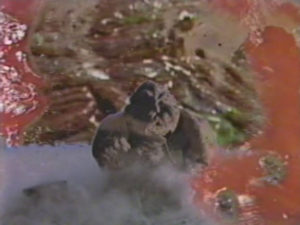
Moreover, the representation of each character hallucinating their own personal hellscape through visual effects further increases this level of disorientation, with psychedelic colour changes and various editing techniques. This distinct visual style, when combined with the film’s cacophony of bewildering sounds that serve as the film’s score, delivers a fever dream of unrelenting disorientation.
Ambiguous by design, the film’s non-linear structure and lack of a driven narrative can deliver a perplexing story, mostly serving as a loose framework to deliver its experimental visuals. However, its deliberate pacing allows for an adequate level of suspense to build throughout, delivering scenes thick with tension yet without detail, adding a perplexing and dreamlike quality to the story
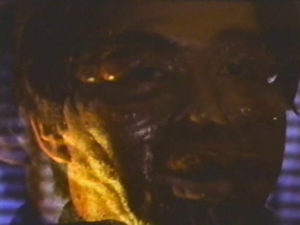
An underrated piece of V-cinema, Death Powder is a must-see for fans of Japanese horror and those seeking a cinematic experience that pushes boundaries and challenges conventional storytelling. Although the film’s composition may be off-putting to some, those able to subvert their inquisitive nature are sure to get the most out of this style of experimental filmmaking.

More Film Reviews
Down and out, and possibly facing a midlife crisis, Georges decides he wants to change things up. The first thing on the agenda comes from a unique purchase, a deerskin… Konnichiwa! Dia Duit! Wazzup! Straight Outta Kanto here braving the torrential rain and grim humidity of Summer in Ireland to bring you a review of biblical proportions. Originally a casualty… Inherit the Witch (2024), directed, co-written by, and starring Cradeaux Alexander, is an ambitious attempt at psychological horror through means of generational trauma. Filmed almost entirely with handheld cameras –… Fishmonger is a 2023 Irish supernatural horror comedy, written and directed by Neil Ferron with additional writing from Alexandra Dennis-Renner. Not his first time behind the camera, Neil is known… Extreme horror is an interesting subset within the wider genre of scary movies as a whole. For some, it is a wholly unapproachable category to be whispered of but avoided…. The international shorts on offer at this year’s Toronto After Dark Film Festival are among the strongest of the entire lineup. From a bizarre reunion with a lost family member…Deerskin (2019) Movie Review by Quentin Dupieux – “Killer Style Never Looked so Good”
The 8th Night Film Review (2021) – Korean Horror on Netflix
Inherit the Witch (2024) Film Review – An Overall Disappointment
Fishmonger (2023) Film Review – A Tale As Old As Time [Fantastic Fest]
Brutal (2017) Film Review – A Love Story Told in a Symphony of Gore
TADFF 2023 International Shorts Feature [Toronto After Dark Film Festival]

Hey there, I’m Jim and I’m located in London, UK. I am a Writer and Managing Director here at Grimoire of Horror. A lifelong love of horror and writing has led me down this rabbit hole, allowing me to meet many amazing people and experience some truly original artwork. I specialise in world cinema, manga/graphic novels, and video games but will sometime traverse into the unknown in search of adventure.


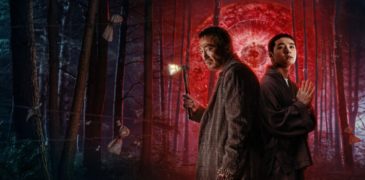

![Fishmonger (2023) Film Review – A Tale As Old As Time [Fantastic Fest]](https://www.grimoireofhorror.com/wp-content/uploads/2023/09/Fishmonger-365x180.jpg)
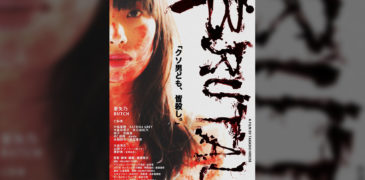
![TADFF 2023 International Shorts Feature [Toronto After Dark Film Festival]](https://www.grimoireofhorror.com/wp-content/uploads/2023/10/TAD23_IntlShorts_1920x1080-1-365x180.jpg)